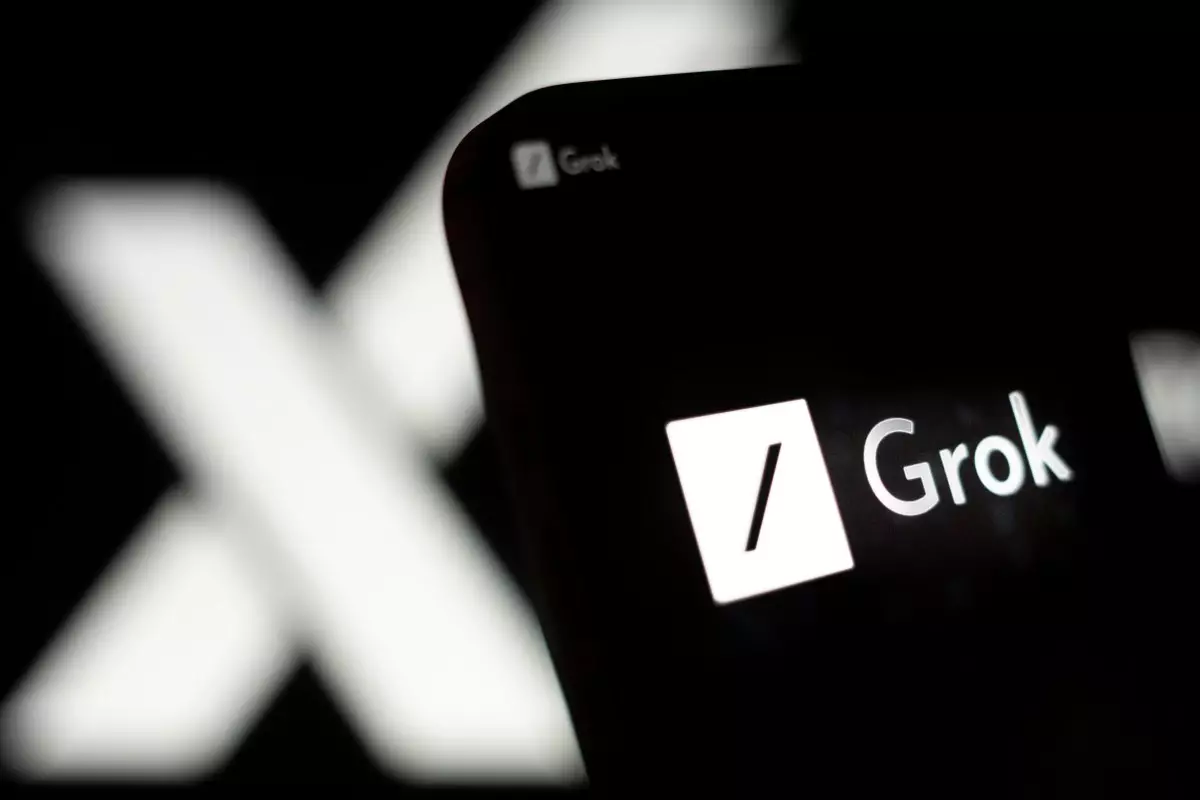Elon Musk’s xAI has recently unveiled Grok Studio, an innovative feature that promises to elevate the capabilities of its chatbot, Grok. Announced on social media platform X, Grok Studio allows users to create and edit documents, write code, and even develop basic applications—all within a shared workspace. This new function not only enhances the usability of Grok but also highlights the ongoing trend toward collaborative AI tools designed to streamline workflows and enhance creativity.
What Sets Grok Studio Apart?
While Grok Studio introduces exciting features, one cannot help but notice that it echoes functionalities already present in similar platforms. OpenAI’s ChatGPT, for instance, launched a competing product named Canvas only a few months prior. However, Grok Studio’s unique selling proposition lies in its collaborative approach, where users can work in tandem with the AI on a designated interface. This setup, which opens a separate window for editing and viewing content, could signify a new era for human-AI interaction.
Grok Studio supports a range of programming languages—Python, C++, and JavaScript among them—allowing users to write and execute code directly within the Grok interface. These features address a growing demand for integrated coding environments, particularly for users who are still mastering programming skills and prefer guided assistance. However, the effectiveness of this feature will depend heavily on how intuitive and responsive Grok is during these interactions.
A Comparative Lens
Analyzing Grok Studio against its competitors reveals both strengths and weaknesses. For instance, while Anthropic’s Claude has incorporated Artifacts that support content creation and analysis, Grok Studio seems to lack a unique flair that distinguishes it from other tools in the market. This isn’t necessarily a drawback, as many users may value familiarity and straightforward operation over novel complexity. Nevertheless, it raises questions about whether Grok’s offerings are merely imitative or hold the potential for genuine innovation.
Furthermore, the incorporation of Google Drive support allows users to pull in files directly from their cloud storage, adding a layer of practicality that users will appreciate. This integration caters to the modern user who operates in a multi-platform world, ensuring that Grok’s workspace can remain highly versatile and connected. However, one must ask: will Grok be able to keep pace with the rapid evolution of AI tools, or will it risk stagnation in a sea of innovation?
Going Beyond the Basics
Despite its current limitations, the promise of Grok Studio to evolve with user feedback and technological advancements is compelling. The demand for such collaborative AI tools is surging, as organizations and individuals alike seek efficiencies in their projects. If xAI can successfully iterate on Grok Studio’s functionalities, it may very well carve out a significant niche in the AI landscape.
The large-scale adoption of Grok Studio could forever change how we perceive collaboration in digital environments. Users can leverage AI not just as a tool, but as a partner in creativity and problem-solving, which is a fundamental shift in how we interact with technology. The question looms: will Grok Studio rise to meet these aspirations, or will it merely become another cog in the ever-evolving machine of AI advancements?

